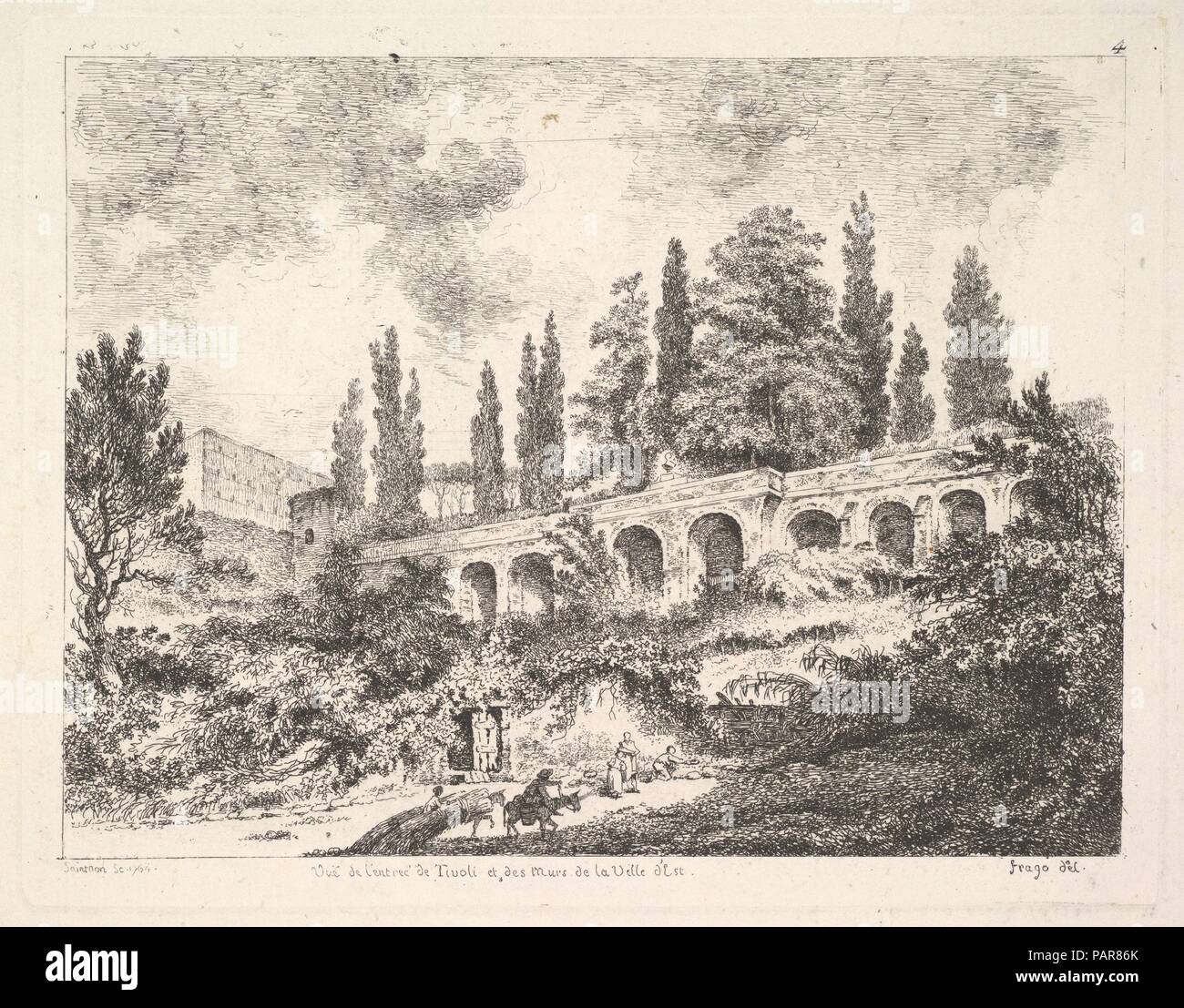
How does the larger conductor per NEC table 250.66 help? I can see NEC table 250.66 applying to bonding building steel to the service. I have been there and done that and there is no practical way to measure the resistance of our earth. There is a method of checking the dielectric of the soil but would take probably miles between test probes to get an accurate reading. I question how this larger conductor to earth would create a low impedance ground path without knowing dielectric of the soil. Chief Architect Of The Volcano Bond Bitcoin Magazine asked Mow why he is referred to as the architect of the Volcano Bond and he said: There was a gap between the idea of a bond and the creation of an actual financial instrument that works with an exchange to do offering and listing.

Even though I do it some how this does not make sense as the ground rods for the most part maintain equal potential between the building and earth. Every AHJ I know requires that we size the GEC per table 250.66. How does NEC 250.53(E) and NEC 250.66(A) apply? Very confusing but the way I interpret this to mean is that with a ground rod at my service, the connection between the service neutral and the ground rod(s) do not need to be larger than a no 6AWG copper when there are no additional grounding connections.


 0 kommentar(er)
0 kommentar(er)
